Baobab: The Tree of Life
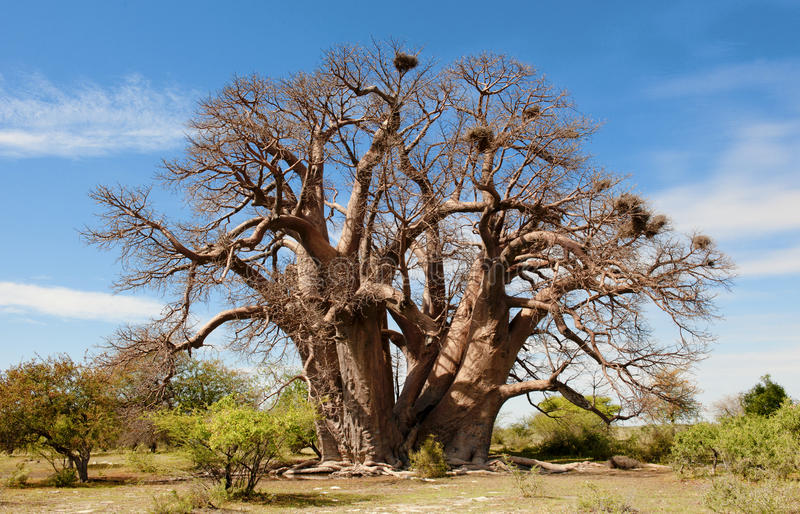
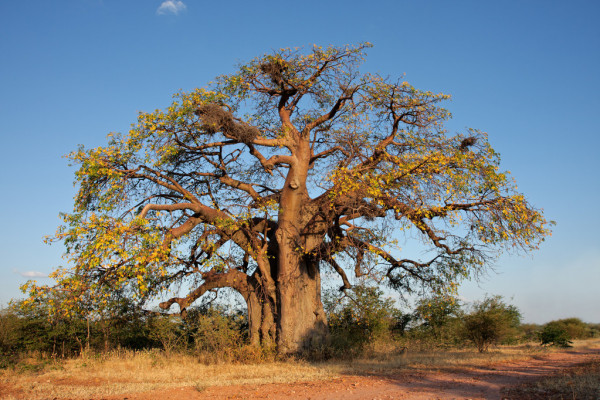
Image credit: Deposit photos
If you have been to the south eastern region of Kenya, you have probably seen the towering, natural landmarks that are the thick, drought resistant baobab trees. From Kibwezi down to the coast, baobab trees stand tall and are a testament to several years passed. These majestic trees can live up to 5,000 years.
The unusual shape of this mighty tree is tied to an African folktale that tells of the first Baobab tree that sprouted beside a lake. When it got the chance to view its reflection, it was unhappy with its size, its dull coloured flowers, its small leaves – basically everything about it. The first tree complained every day until the Creator, frustrated, yanked the tree from the ground, turned it over, and replanted it upside down. The baobab was no longer able to see its reflection nor complain, and to this day, many more like the first stand in silence, but continue to offer solutions to several human ailments.
While this tale remains common across different African communities living in areas scattered with baobab trees, the tree has been crowned ‘the tree of life’ because for years it has been a source of food, a key ingredient in beverages, a source of shelter, and a dawa.
The leaves, which are often a vibrant green in healthy trees, have scientifically proven to have anti-histamine and hyposensitive properties. And while it isn’t clear how this was traditionally proven, since way back when baobab leaves have been used to treat the likes of asthma and various forms of allergies. Usually, the leaves were plucked and dried before being crushed into powder form.
As for the seeds, they are filled with high levels of nutrients thanks to the trees’ long roots that extend as far as possible to get water which is then stored in the thick trunk. The seeds also contain a good amount of healthy fats. When cold pressed, baobab seeds produce oil which is used in a number of hair and skin products as it is known to prevent hair loss by promoting stronger hair, regenerate healthy tissues and contribute to softer skin.
For those plagued with long, sleepless nights, a natural remedy is found in the baobab’s root extract. The roots are edible and thus can be eaten before bedtime.
Have you experienced the benefits of Baobab leaves, roots or oil? Let us know.

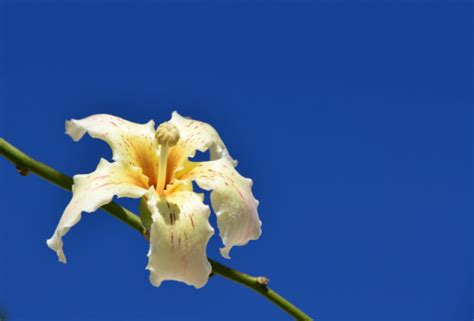
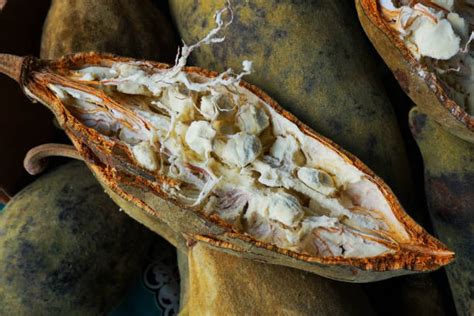
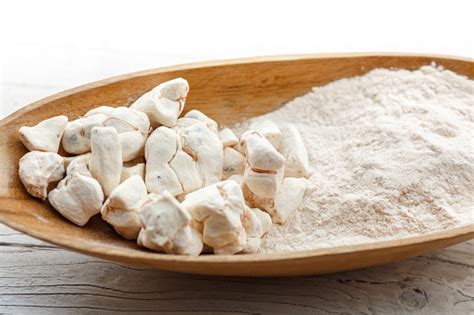



1 Comment
Wow great information about the baobab
I hope it can grow and thrive in Ongata Rongai